Frozen cow legs have gained significant popularity in culinary and nutritional circles. Known for their rich flavor and exceptional nutritional value, they are often used in broths, soups, and stews across different cuisines. This article explores everything you need to know about frozen cow legs, including their origins, benefits, preparation methods, and how to store them effectively.
What Are Frozen Cow Legs?
Frozen cow legs, also referred to as beef trotters or cow trotters, are the lower part of a cow’s leg. These parts are rich in connective tissues, bone marrow, and tendons, making them highly nutritious and flavorful. They are typically processed, cleaned, and frozen to maintain freshness and extend shelf life.
Cow legs have been a part of traditional diets in many cultures for centuries. In many cuisines, such as African, Asian, and Middle Eastern, they are considered a delicacy due to their unique taste and the richness they bring to soups and stews. The freezing process ensures that the cow legs retain their natural flavors and nutrients while providing convenience to modern consumers.
Nutritional Value of Frozen Cow Legs
One of the primary reasons for the increasing demand for frozen cow legs is their high nutritional content. They are an excellent source of collagen, which plays a crucial role in maintaining skin elasticity, joint health, and overall vitality.
The marrow inside the bones is rich in essential fatty acids, vitamins, and minerals, including calcium, phosphorus, and magnesium. These nutrients are vital for bone health and the proper functioning of the body. Additionally, the gelatin derived from cooking cow legs is beneficial for digestion and gut health, making it a preferred choice for individuals looking to improve their overall well-being.
The protein content in frozen cow legs is another notable aspect. They are packed with proteins that are essential for muscle repair and growth. This makes them an ideal choice for athletes, fitness enthusiasts, and anyone aiming to increase their protein intake.
Culinary Uses of Frozen Cow Legs
Frozen cow legs are versatile and can be used in a variety of dishes. Their rich, gelatinous texture adds depth and flavor to recipes, making them a favorite among chefs and home cooks alike.
One of the most popular ways to use cow legs is in soups and broths. When simmered for hours, the connective tissues and bone marrow release their nutrients into the liquid, creating a thick, flavorful broth. This broth serves as a base for many dishes, including stews, sauces, and even ramen.
In African cuisine, cow leg pepper soup is a common delicacy, often served during festive occasions. In Asian cooking, cow legs are used to prepare hearty soups and are often flavored with spices like ginger, garlic, and star anise. Middle Eastern recipes frequently incorporate cow legs into dishes like pacha, a traditional stew made with various parts of the cow.
How to Prepare Frozen Cow Legs
Preparing frozen cow legs may seem daunting, but with the right approach, it becomes a straightforward process. Start by thawing the frozen cow legs in the refrigerator overnight or by placing them in cold water for a few hours. Avoid using hot water, as it can affect the texture and flavor.
Once thawed, clean the cow legs thoroughly. They are usually pre-cleaned, but rinsing them under cold water ensures any residual debris is removed. For added flavor, some cooks prefer to blanch the cow legs in boiling water for a few minutes before proceeding with their recipe.
When it comes to cooking, slow and steady wins the race. Cow legs require slow cooking to break down the tough connective tissues and extract maximum flavor. Using a pressure cooker can significantly reduce the cooking time while preserving the nutrients.
Health Benefits of Including Frozen Cow Legs in Your Diet
The health benefits of frozen cow legs go beyond their culinary appeal. Their high collagen content contributes to better skin health, reducing signs of aging and promoting a youthful appearance. Collagen also supports joint health by improving cartilage strength and reducing joint pain.
The bone marrow found in cow legs is known for its immune-boosting properties. It contains lipids and proteins that aid in the production of white blood cells, helping the body fight infections. Additionally, the marrow is an excellent source of energy and is particularly beneficial for individuals recovering from illness.
The gelatin derived from cow legs improves gut health by protecting the lining of the digestive tract. This makes it an excellent food choice for those with digestive issues or conditions like leaky gut syndrome. Moreover, the minerals found in cow legs, such as calcium and phosphorus, promote strong bones and teeth, making them a great addition to diets aimed at improving bone health.
How to Store Frozen Cow Legs
Proper storage is crucial to maintain the quality and flavor of frozen cow legs. They should be kept in a freezer at a consistent temperature of 0°F (-18°C) or lower. When purchasing frozen cow legs, check for signs of freezer burn or ice crystals, as these can indicate improper storage or temperature fluctuations.
To extend their shelf life, consider vacuum-sealing the cow legs before freezing. This helps prevent exposure to air, which can cause freezer burn and affect the taste and texture. If you don’t have a vacuum sealer, wrapping them tightly in plastic wrap followed by aluminum foil can also work effectively.
For optimal flavor and freshness, use frozen cow legs within six months of purchase. Always thaw them properly before use and avoid refreezing, as this can degrade their quality.
Popular Recipes Featuring Frozen Cow Legs
Cow legs are a staple ingredient in numerous recipes around the world. Here are some popular dishes:
- African Cow Leg Pepper Soup: This spicy, aromatic soup is a favorite in many African households. It is prepared with a blend of local spices, vegetables, and cow legs, resulting in a flavorful and nourishing dish.
- Asian Cow Leg Broth: Often served as a standalone soup or as a base for ramen, this dish is known for its rich, umami flavor. The broth is simmered for hours with cow legs, ginger, garlic, and soy sauce.
- Middle Eastern Pacha: A traditional stew made with cow legs, lamb, and a blend of spices. This dish is slow-cooked to perfection and is a staple in Middle Eastern cuisine.
- Beef Trotter Curry: Popular in South Asian cuisine, this curry is made with a blend of spices, tomatoes, and yogurt, creating a rich and hearty dish.
Cultural Significance of Frozen Cow Legs
In many cultures, cow legs hold a special place in traditional cuisine and festivities. They are often associated with comfort food, offering a sense of warmth and nostalgia. In African cultures, for instance, cow leg dishes are prepared during celebrations and family gatherings, symbolizing abundance and unity.
In Asian cultures, the use of cow legs in soups and broths is deeply rooted in traditional medicine. These dishes are believed to promote health and longevity, making them a staple during cold seasons and times of illness. Similarly, in Middle Eastern cultures, cow leg stews are a symbol of hospitality and are often served to guests as a gesture of goodwill.
Frozen Cow Legs in Modern Cuisine
While frozen cow legs have been a part of traditional cooking for centuries, they are finding a new audience in modern cuisine. Chefs and food enthusiasts are exploring innovative ways to incorporate them into contemporary dishes. From gourmet broths served in fine-dining restaurants to fusion recipes blending different culinary traditions, cow legs are proving to be a versatile ingredient.
Moreover, the growing interest in nose-to-tail eating has brought cow legs into the spotlight. This sustainable approach to cooking encourages the use of all parts of the animal, reducing food waste and promoting ethical consumption.

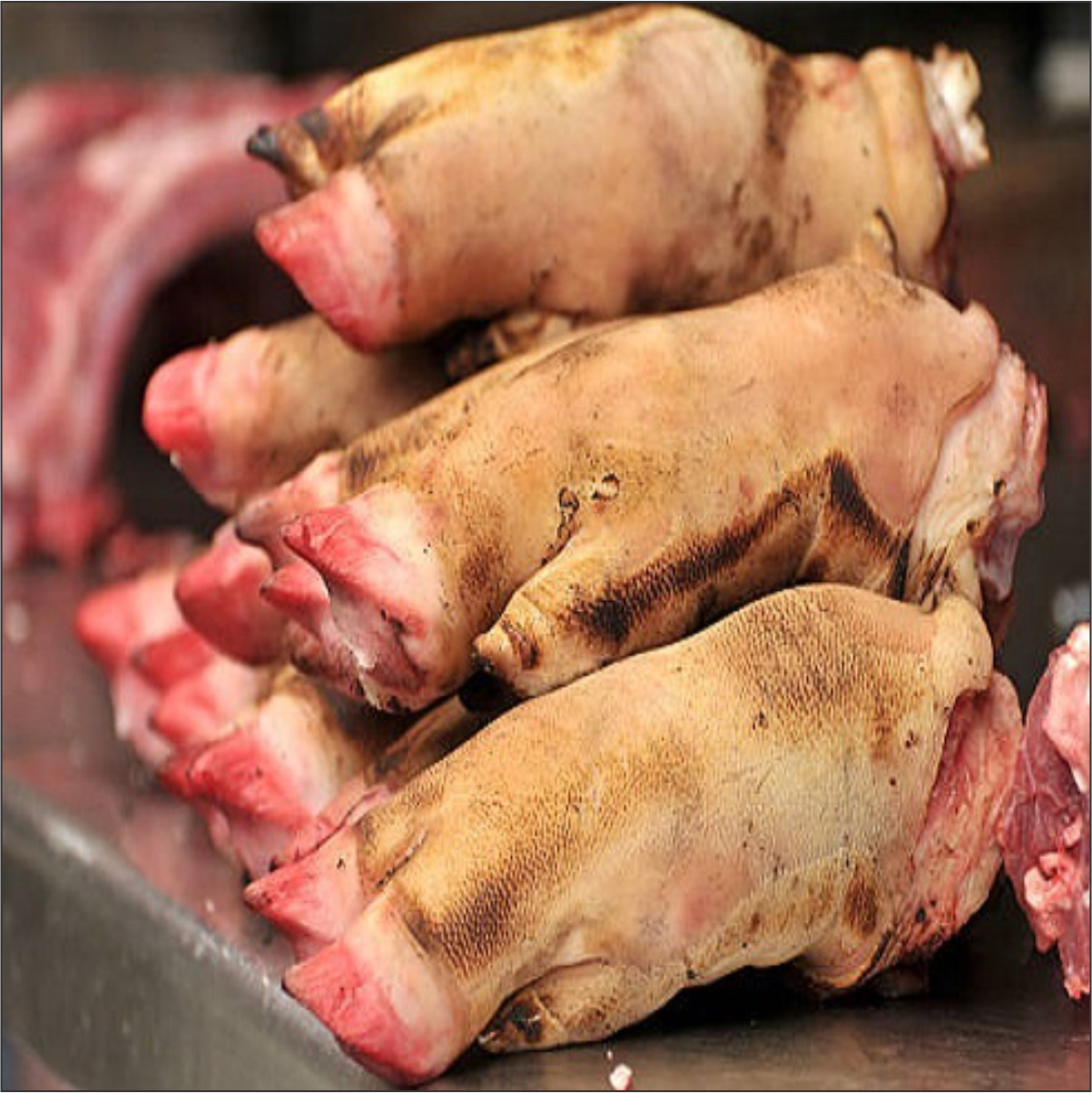

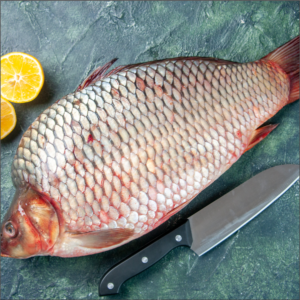
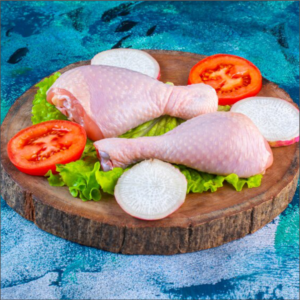
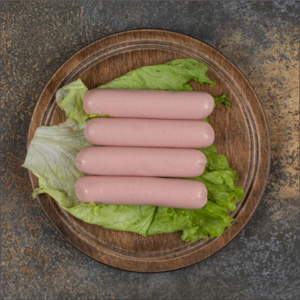
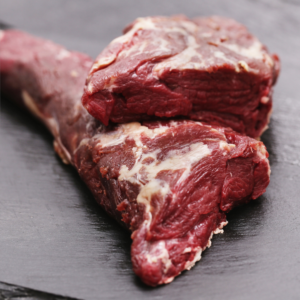
 No products in the cart.
No products in the cart. 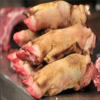
Reviews
There are no reviews yet.